The Smithsonian Embraces 3D Printing
The Smithsonian Institution is one of the most famous museum collections in the world. It’s also got to be the largest. With 19 separate museums, 21 libraries, nine research centres and a zoo it holds an immense collection of artefacts. In total the collection has over 154 million items. It’s probably too many to really see in a lifetime. Of course, unless you make it to Washington, DC where the bulk of the collection is housed, you’ll never see it at all. Even if you do, only around 1% of the collection is on public display at any one time. The rest is stored in vast sheds – big enough that, for a while, the strategic bomber Enola Gay sat almost unnoticed in a corner of one of them.
Don’t panic, though, because thanks to 3D printing and an astonishing project by the Smithsonian Institution itself, you can print off your very own replicas of many of the collection’s pieces – and the number should grow significantly this year.
Going digital
Starting last year, the Smithsonian began digitally scanning some of its most popular exhibits and uploading them to the internet. If you visit the museum’s digitisation portal you can easily view highly detailed 3D images of some of its most iconic exhibits – the spacesuit Neil Armstrong wore when he landed on the moon, for example, or the Wright Flyer, the first powered aircraft to actually fly.
So far 124 exhibits have been scanned and published. They range from that spacesuit to ancient Buddhist statues, historic coins to dinosaur skeletons. Viewing them online is a great way to experience them if you can’t visit them in person – but now you can go one better.
The Smithsonian has also uploaded 3D printer files for most of the scanned exhibits, so you can download them free and print out your own miniature replicas. Now you can have that famous space suit on your shelf – posed beside a replica of the Apollo spacecraft escape hatch, if you like. Or why not print out the Wright Flyer and, as a contrast, the Bell X-1 – the first aircraft to break the sound barrier in level flight.
This is an exciting project for quite a few reasons. Nothing is ever going to beat actually seeing a real object for yourself, but for most of us that isn’t really an option. Printing a 3D scan of the real thing is a pretty good alternative, though. There’s a direct link to the actual artefact; someone went round it with a scanner and you send the file they created to your printer. This project opens up access in a way that’s never been possible before.
Get hands on
It’s also a great way to introduce kids to new subjects in a hands-on way. If your children are interested in the history of flight, the Flyer and X-1 are a couple of great examples. They can watch the models take shape in your printer, then examine them to work out why one flew slowly for about the length of a football pitch, but just 45 years later the other blazed through the sky at close to a thousand miles an hour. They can even do some practical testing, throwing the models around the living room. The flimsy Flyer will soon flutter out of control, but the X-1 makes a pretty good dart!There’s a limit to how much the Smithsonian can scan. At one object a minute they’d still be at it 300 years from now. The plan is that, over the next five years, they’ll work with tech companies including Google and Autodesk to speed up the process. Expect to see a lot more of the Smithsonian Institution collection’s objects available to print in the near future. But probably not the Enola Gay.


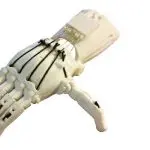

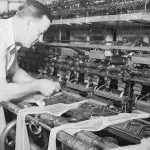
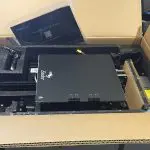
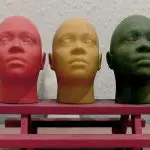
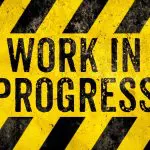
Leave a comment
You must be logged in to post a comment.